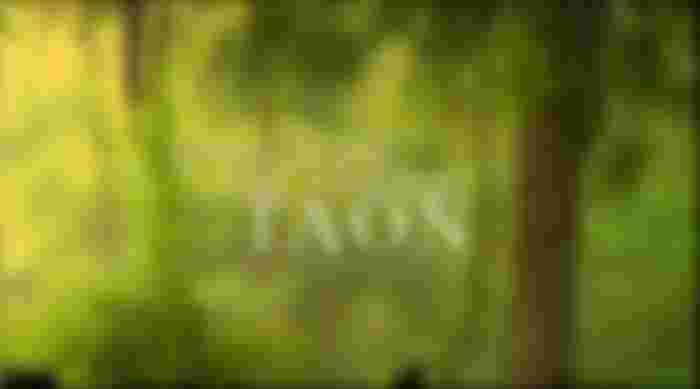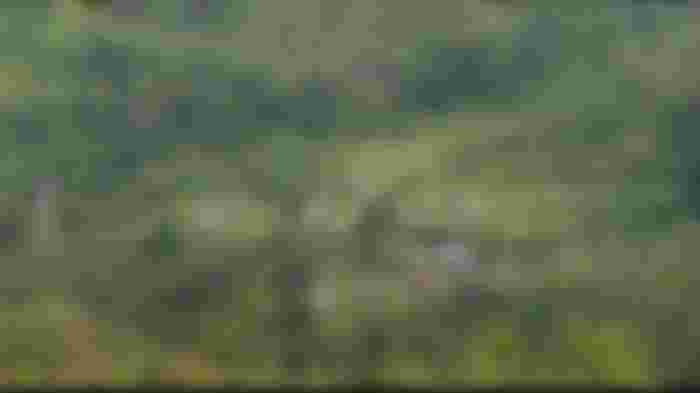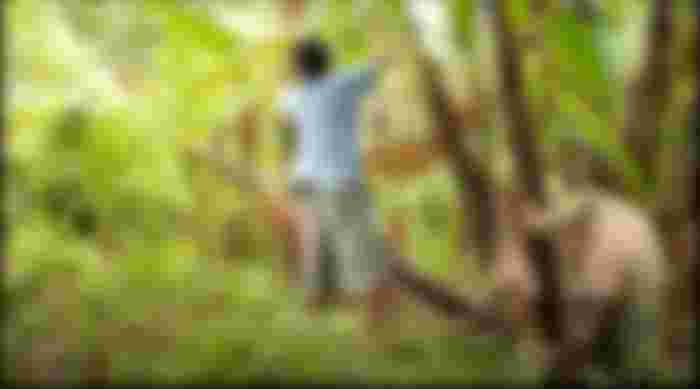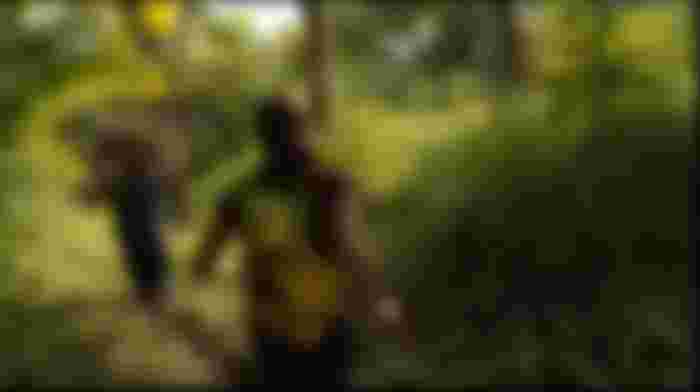Revisited Documentaries “Minsan sa Isang Taon”

Did you know that the current banknotes of Japan and the Philippines are made of 20% to 30% Abaca fiber. The Abaca fiber is very long and is one of the strongest fibers - flexible, durable, and highly resistant to saltwater damage. For all of Abaca fiber qualities it's the perfect ingredient in making a country’s bank note because a banknote that is made in Abaca can withstand the deterioration of the paper in everyday use. The Abaca is a species of banana native to the Philippines, grown as a commercial crop in the Philippines, Ecuador, and Costa Rica. The Philippines provided 87.4% of the world's abacá in 2014, earning the Philippines US$111.33 million. This highly sought after fiber that has a high demand in the world market, there are some Abaca farmer’s in the highlands of Sarangani Province in the Philippines that can not even get a hold of the finished product (a Banknote) of their raw material that they produce only “once a year”.
Another eye opener documentary film from Miss Kara David and the I Witness Team,they start their journey in the town of Malapatan, Sarangani Province. Their aim is Sitio Banli in the far flung mountainous part of the town where most of the community people are Abaca farmers. The trip to the most remote Sitio of Malapatan is a grueling one that would require 4 travel by 4x4 vehicle that would traverse a 18 river crossing and mostly rugged road and another 6 hour walk from another certain Sitio in Barangay Kiram. It’s a steep hike to Sitio Banli where the Team is also being accompanied by Philippine Armies for the reason that the mountains around the area are once haunted by NPA rebels. Only a few people had actually gone or visited the most remote community of the Blaan Tribe in Sitio Banli.

The small community in Sitio Banli is surrounded by mountains. It is one of the poorest communities in all of Sarangani province but it is also a community that produces the ingredients of a banknote, the Abaca fiber. The I Witness team finally reach Sitio Banli and there they meet a woman named Inday with her 1 year old daughter Mariko but looks like a 4 months old baby and by her side is her son Mani. Mani look like healthy boy for his age with a fat tummy and a chubby cheeks but looks can be deceiving for the child had a condition that is known as Kwashiorkor (is a form of severe protein malnutrition characterized by edema and an enlarged liver with fatty infiltration). Kwashiorkor may develop after children are weaned from breast milk and begin consuming a diet high in carbohydrates and Miss K was not wrong on her assumption on Mani, Tusan the father of Mani is out on the field looking for sweet potato to put on the table for their lunch. Mani and the rest of his siblings had only two known meals, sweet potato and cassava tree, all are high in carbohydrates root crops.

Most of the people in Sitio Banli are Abaca farmers, because the Abaca plant is seasonal, it can be harvested once a year and once a year Tusan can earn some money and his family can eat a dish other than sweet potato or cassava tree.Abaca plants tends to flourish in a dense and secluded area in the forest and Tusan and a child named Jerson harvested their adult Abaca plant to start the three process on getting the raw fiber out of the Abaca plant.
The three Process on getting the raw Abaca Fiber
tuxying (separation of primary and secondary sheath)
stripping (getting the fibers)
drying (usually following the tradition of sun-drying).
The process can be exhausting because all is done by manual labor from cutting the plant, stripping the fiber, you need a raw strength to pull the fiber out from its sheaths and traditionally sun dried the harvested fiber for the final process.

In the past the community could harvest Abaca plants three times a year for there are so many Abaca plants in their forest but after the millenia their forest had been slash and burn to be converted into agricultural land. Now because of deforestation the community can now harvest their Abaca only once a year, once a year Tusan can generate an income from selling his Abaca fiber a mere 20$ for a year of fiber he harvested, once a year Mani and his sibling can eat rice and a meal even if it is only once a year.
Before Mani could taste another meal from his every food of sweet potato, his Father Tusan first had to traverse to the foot of the mountain in a 6 hours hike to take his Abaca Fiber to a trading post.The group journey start in midday, hauling their 20 kilos or more raw Abaca Fiber to certain Sitio Semandre. The hike going up the mountain is hard but going down would be as much hard as going up for you need to hold your balance when your body momentum when going downhill that’s where Tusan and his group are very good on balancing their body in a downhill slope for they just glide with their momentum as if like running downhill with all their heavy baggage.

Almost sundown when Tusan and the group reach Sitio Semandre and immediately go to the trading post to weigh their Abaca fiber and to check if it’s all dried. Tusan Abaca fiber weighs at 27 kilos, for a kilo is worth 40 Philippine pesos and overall Mang Tusan traded his Abaca for a thousand pesos, but had taken home a pay of 400 pesos for Tusan already had a 584 pesos balance in the trading post. A year of harvesting Abaca fiber for a mere 4 pieces of 100 peso bill that a hardworking father Tusan received with all smiles on his face and would immediately buy some food essentials like rice,sugar,coffee and sardines. As Miss K said thus Mang Tusan knows that his one year of labor got him just a few paper bills, paper bills that are made from the fiber that he works hard to harvest. A man who hauls ingredients that would be used on making a banknote can not even hold a banknote even just for a day, how ironic life can be.

Final Thoughts
The day after Tusan had bought some food for his family, Mani and his sibling eagerly waited for the rice to cook and be eaten. Every grain would be fully enjoyed and consumed, every grain that came from a year of labor, love and determination from their father.
People sometimes do not value a banknote for some influencer on social media platforms can be seen as defacing,mutilating and burning a banknote for their content creation. They had no idea on what ordeal some of the Abaca farmers in the highland had to undergo just to harvest and trade their raw product for a few paper bills. Finally, how I wish that the local government or a NGO can help those in the Sitio Banli that can alleviate them from their current condition.

Reference:https://www.youtube.com/watch?v=yW9tT0XafhY&t=391s






